Just when you thought Internet search was perfect and could not get any better, Google designed and released its largest and smartest algorithm in the last 5 years. This algorithm, known as BERT, is an artificial intelligence-based algorithm that helps Google bots understand the semantic structure of words in a query more accurately. (What is the Google BERT algorithm?)
The word BERT stands for Bidirectional Encoder Representations from Transformers! Please take a deep breath and do not worry at all about the scary and overly technical name of this algorithm. In this article, instead of focusing on the news and margins of this recent update that is seen a lot on social networks, we want to focus on the points that can determine the fate of your SEO in the not too distant future.
What is Google BERT algorithm and what is its purpose?
In its simplest form, Bret is a model of colloquial language that helps Google algorithms to understand even the smallest parts of colloquial language, such as prepositions, well.
Now we ask you, when you start typing in Google, what kind of language do most of the suggested phrases use?
So if you think about it, it makes a lot of sense:
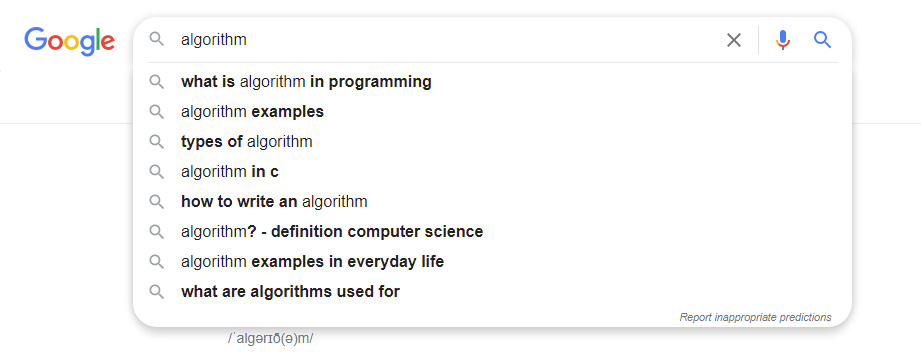
Since the creatures that search in the trick are human and mostly search for a phrase in their own colloquial language, if Google bots also pay attention to the human and natural dimension of language instead of focusing on machine structure, the end result It would be more ideal.
Of course, Google has so far largely replaced natural language with machine language by releasing the RANKBRAIN algorithm, but the Bert algorithm can provide more accurate and relevant results as a complement to the Rank Brain algorithm. How are you asking?
Bert understands the complex structure of language when AI works wonders!
In addition, another issue that gets better with Google’s new algorithm is the understanding of the position of words in sentences. What? Did not understand what we mean? So let’s give an example.
When you ask Google “Ways to Immigrate to Canada,” Google does not look at each word in the sentence as a separate unit, but recognizes the meaning of each of these words by how they relate to each other. In this example, if we convert the preposition “to” to “from”, the meaning of the sentence changes completely.
- Before the BERT update: Google does not notice the difference between the prepositions “to” and “from” and only shows the results related to Canadian immigration.
- After the BERT update: Google notices the difference in the meaning of these two letters and by searching for each one, it shows the results related to a type.
According to the information in this article, the BERT update can help machines (such as algorithms, computers, etc.) analyze colloquial language more quickly and easily, thereby drastically reducing the percentage of misinterpretations of human language. This process is called NLP or Natural Language Processing, which can be considered as the core of Burt algorithm.
In short we can say:
- Algorithms can understand our language exactly the way we use it
- Google search algorithms can analyze users’ queries more accurately by better understanding our language
As a result we have:
Better understanding of human language + more accuracy in user query analysis = more accurate results for the purpose of user search
In order not to be satisfied only with the definitions of theory, we have given you a practical example so that we can see all these explanations in practice.
An interesting example to better understand the Google BERT update
Suppose we do a Google search for “How to catch a cow fishing”. (Translate how to catch prickly fish?)
It is interesting to know that cow in English has two different meanings: one means cow and the other in the field of fishing means a kind of sea urchin.
Prior to this update, if you searched for the phrase “How to catch a cow fishing” , the results were related to the first meaning of the word cow, ie cows.
You must have noticed that we used the word fishing in the query above, but Google ignores this word and shows us the results for cows.
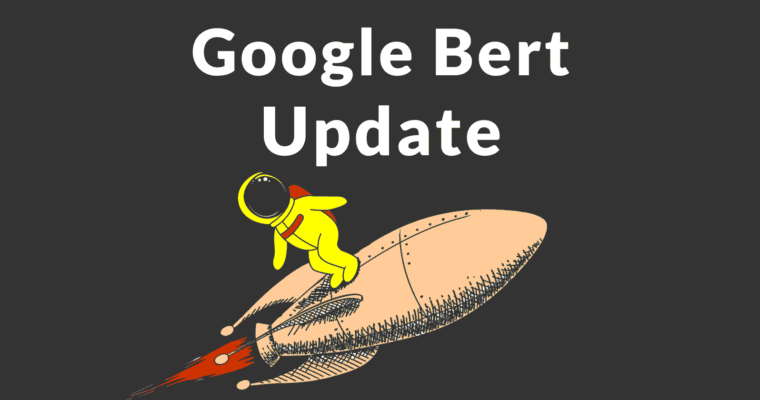
Guess what happened after Burt’s update?
The same search shows results that are full of images of sea urchins and fishing related results.
This means that the BERT algorithm understands that because the search term contains the word fishing, the results it shows you should also be closely related to fishing.
What type of query is most affected by the BERT algorithm?
If you remember, the new update of Google algorithm in March 2019 caused a lot of noise due to many changes in search results. But you may ask why there is still not much information on the social networking of sites by the BERT algorithm.
This is because Burt algorithm focuses more on long queries and dialogs, and because long keywords are not usually the primary goal of SEOs, Burt changes are still not quite apparent to many sites.
Meanwhile, according to Google, this update will change 10% of search results. This means that out of every 10 results, one of them must have used the new Google Bert language model. So if we want to extend this update to all queries, it could not be very accurate.
The impact of BERT Algorithm on SEO and optimization methods for it
The first question that many ask themselves with the release of this update is whether bert has an impact on SEO? In response we must say:
Since SEO is the process of optimizing a site for search engines, any changes that search engines make to their algorithms affect the optimization process.
So the main question is not whether Google’s new update is effective in SEO or not, but the more important question is to know what optimization methods are available for Google?
One of the jokes about BERT optimization on social media is related to the following list of ten:
10 ways to optimize Google BERT:
- You
2. Can’t
3. Optimize
4. For
5. A
6. Deep
7. Learning
8. NLP
9. Algorithm
10. Write for humans
If we want to speak in the language of Google, we must point out the fact that there is nothing you can do to consider it “optimization for Google BERT”.
If you pay a little more attention, you will notice that this algorithm emphasizes the user’s search goal the most, and the only reason for publishing it is to improve the search experience.
Understanding the purpose of the user search and optimizing for it is the key to success in the Google Burt algorithm
One of the things the BERT algorithm does well is predict the user’s search target with a low error rate. This means that if you type one of the phrase words incorrectly but the rest of the words have the same meaning, Google will understand what you mean and you will be surprised to see that in the results it shows you what was on your mind!
So we can conclude that the main purpose of the BERT algorithm is to better and more accurately understand the purpose of the user search.
Conclusion: Instead of focusing on machines, pay more attention to the conversational language of your users.
Just think for a moment about the various methods used in SEO: WordPress plugin, keyword repetition, black hat SEO
Now you are relieved that the path taken by Google is exactly the opposite of being machine; On the contrary, Google is becoming more and more like a human being, thinking like him, and therefore better able to help you search the Internet.
So with all these explanations, we must tell you that it is better to speak in the right language of your user in the content of your site and use this language to provide the most valuable content to him.
The most important user questions related to the most serious Google BERT algorithm (and the answers to them!)
From the very beginning of the release of Google’s new algorithm, users have asked many questions about this great achievement of Google, the most important of which we will answer below.
- Is Burt’s model the same as the new Rank Brain? Due to the nature of Brett’s artificial intelligence, many compare it to Rank Brain. Although BERT is an achievement in the field of Google artificial intelligence, it has nothing to do with ranking. At best, we can say that these two algorithms work together as a complement.
- Since when has this algorithm been officially implemented in Google search? Burt entered the Internet search engine for the first time in late October 2019, and according to Google, has so far received acceptable and good results on the Google search results page.
- Does Brett Google change the concept of content marketing? The more Google understands our language, the better we can deliver our valuable content to the user. All we have to do is create content for the user and in his language and not worry at all that Google will not notice our move.
We understand the impact of Google BERT algorithm latest algorithm, what do we do now?
Many of the websites that have talked about Google’s latest algorithm have limited themselves to quoting external sites, leaving users with a lot of question marks by providing a series of first-class data. But after reading various articles and news about BERT, the first question we ask ourselves is what should we do?
Burt’s influence on content production and marketing methods
The first change that SEOs will make necessary with the introduction of Google’s new language model is a change in content production, especially textual content. Older methods of generating content, such as repeating a keyword or turning on the WordPress YOAST light to be seen on Google, will no longer work. Instead, we should use keyword research to better understand the purpose of users’ search and start producing content in the same language as users are searching.


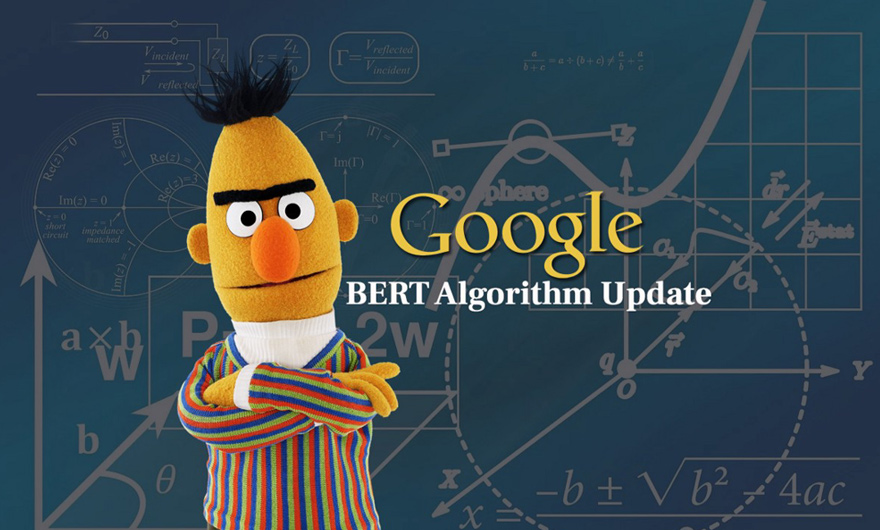
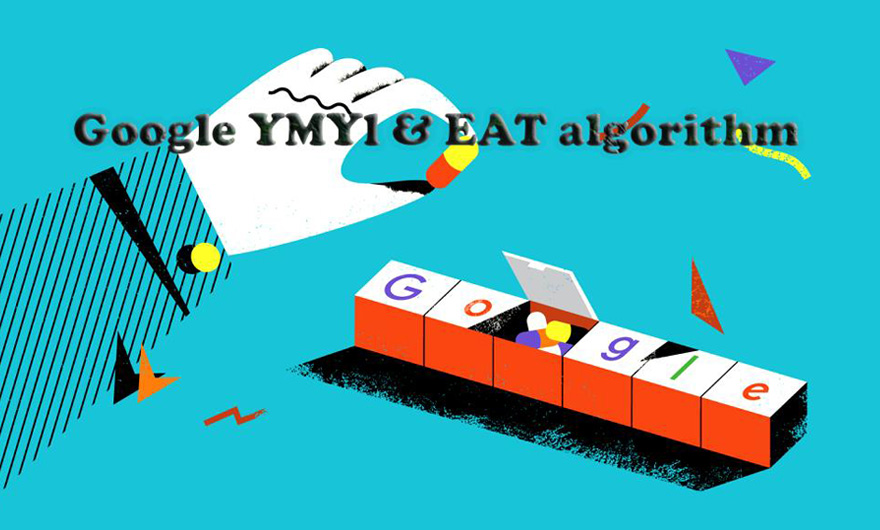

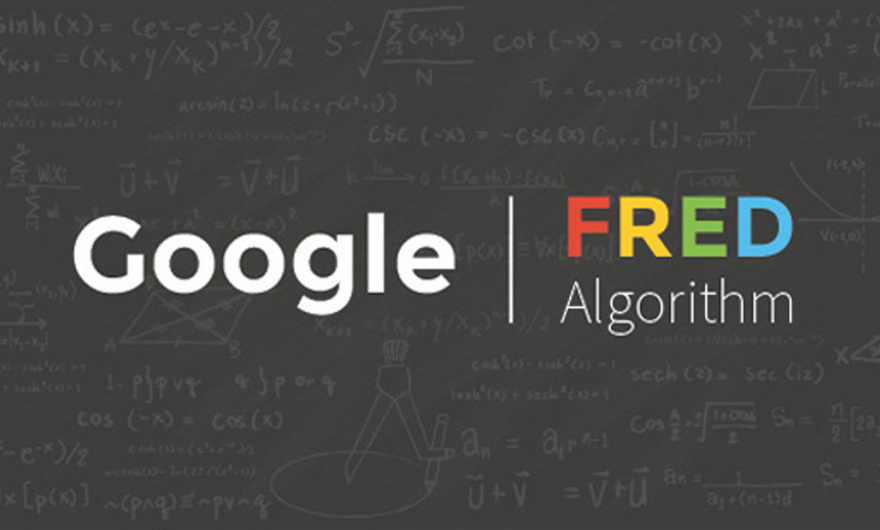

Leave feedback about this
You must be logged in to post a comment.